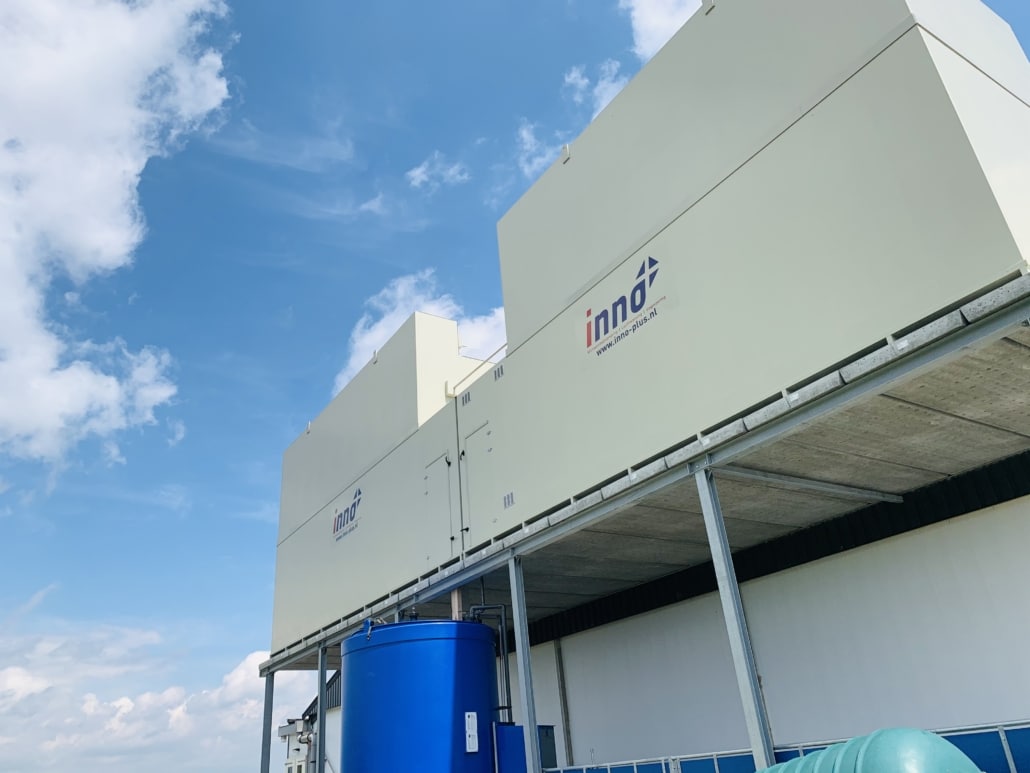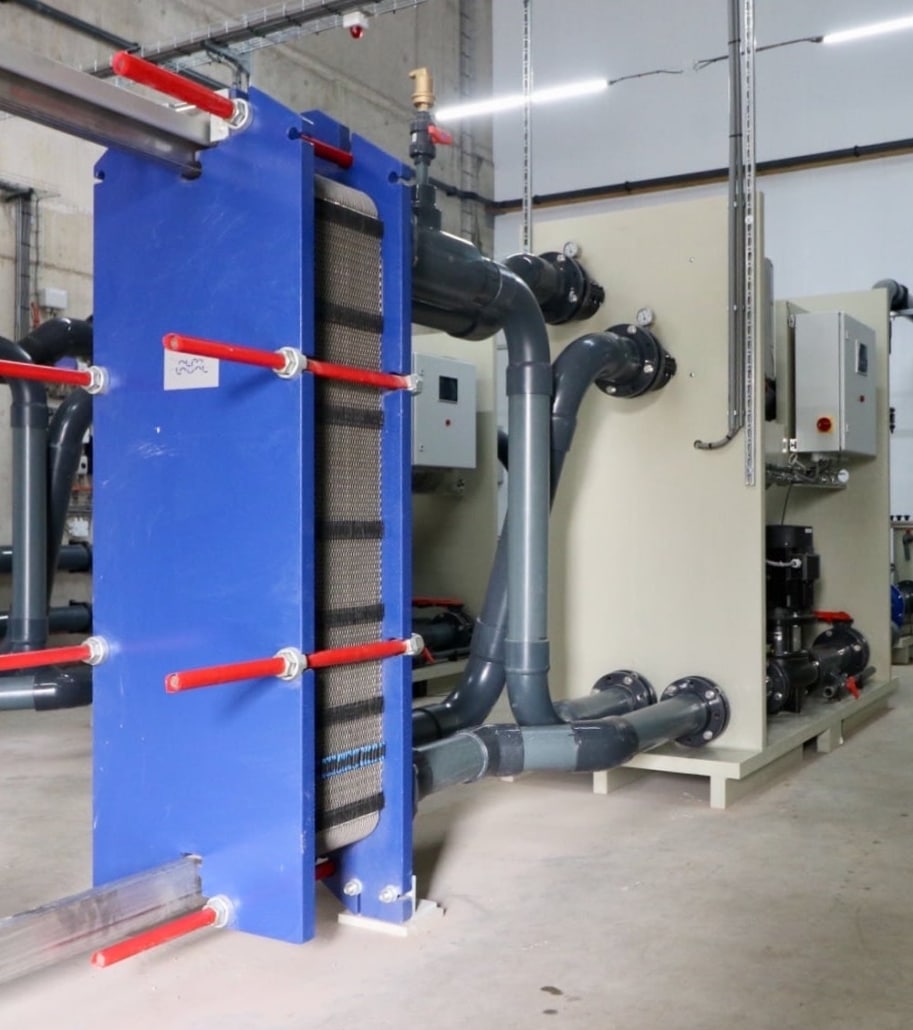Inno+ knows the challenges you are facing.
Our engineers have been improving the performance of livestock houses for decades. We do this with intelligent and sustainable solutions such as our new generation of air scrubbers that considerably reduce emissions and ensure better economic results.
Do you want to grow your business? Inno+ Air inside!
We can help you reduce ammonia, odour and particulate matter and improve the air quality of your houses. We have a lot of experience in this. See the examples below and all the advantages of our air washing concepts at the bottom of the page.
Thanks to the plug-and-play concept, we can help you anywhere in the world:
- We manufacture, install and extensively test the air scrubber at Inno+;
- We easily transport it -in a 40 feet container- to anywhere in the world;
- Your local dealer can install the air scrubber within one or two days.
We always develop with the idea that we will have to pay for the commissioning ourselves. This benefits the effectiveness. As a supplier and partner, we feel fully responsible for the performance of your stables during their entire life cycle and we can watch from a distance to ensure optimum performance.
View our
air scrubbers
Award-winning and certified projects
Together, we guarantee to reduce emissions and improve results with the new and successful generation of air scrubbers. See some of the numerous examples here:
Heat recovery systems through air scrubbing
Did you know that you can also recover energy via the process water from the air scrubber? This leads to a saving of up to 60% on your heating costs.
The Triple EEE concept is a sustainable system for heat recovery. The aim is to recover energy from the process water of the air scrubber. This energy is then used to pre-heat the incoming air in the winter period. Another purpose of the system is to improve the air quality in the house. Because more energy is brought into the house, more ventilation is possible and relative air humidity, CO2 concentration and other harmful substances are reduced. Read more about it here or watch the video.
What are the advantages of Inno+ air scrubbers and additional climate systems?
There are several ‘Air Inside’ systems that offer multiple benefits. These climate systems or combinations thereof, possibly supplemented by an air scrubber, have the following advantages:
- Optimal and stable air conditions under all circumstances in the stables, both at outside temperatures of +40 degrees and at -20 degrees;
- Injection of extra energy in the winter through heat recovery and cooling of the stables in the summer;
- Energy neutral stables;
- Better feed conversions;
- Better growth of your livestock;
- Significantly less disease, mortality and use of medication.
Reduce energy consumption with air scrubbing
Inno+ develops, supplies and installs air scrubbers, heat recovery and cooling systems for the intensive livestock sector worldwide. Experience has taught us that a lot of heat from your animals is lost through the ventilation air every day. Inno+ Air inside captures this heat, so it can be reused elsewhere.
Heat recovery is possible with the Inno+ air scrubbers. Fans in the houses blow warm air through the air scrubber. For instance: warm air of 24°C comes in contact with the process water in the air scrubber. This process water is heated up to approx. 18°C by the warm air. The Inno+ heat recovery concepts extracts energy from this process water and creates value, which saves you a lot of energy and costs. On this website we present various products and concepts which Inno+ can supply.
Would you like to save 60% or more on your energy bill?
Study proves it: air scrubber is a resource for energy
The Inno+ Triple EEE heat recovery system has been thoroughly studied over a long period of time by the University of Bonn. This research is part of their large-scale scientific study EnergARA. This research focuses on the potential of air scrubbers as energy sources.
In this study, two adjacent pig farms, each equipped with the Triple EEE system, have been compared. The second farm had an additional feature, namely Inno+’s Indico cooling system.
The result: Triple EEE turns the air scrubber into a powerful energy source, which provides significant energy savings and healthier animals.
Interested? Get in touch with us!
Fill in the form and also leave your phone number for a personal and direct conversation with our team. We look forward to hearing from you!
Inno+ is part of Big Dutchman
Big Dutchman is known as the market leader in the sector. On five continents in more than 100 countries, our name stands for durable quality, fast service and unique know-how. Our innovations have been renewing technology in modern animal husbandry for years.




